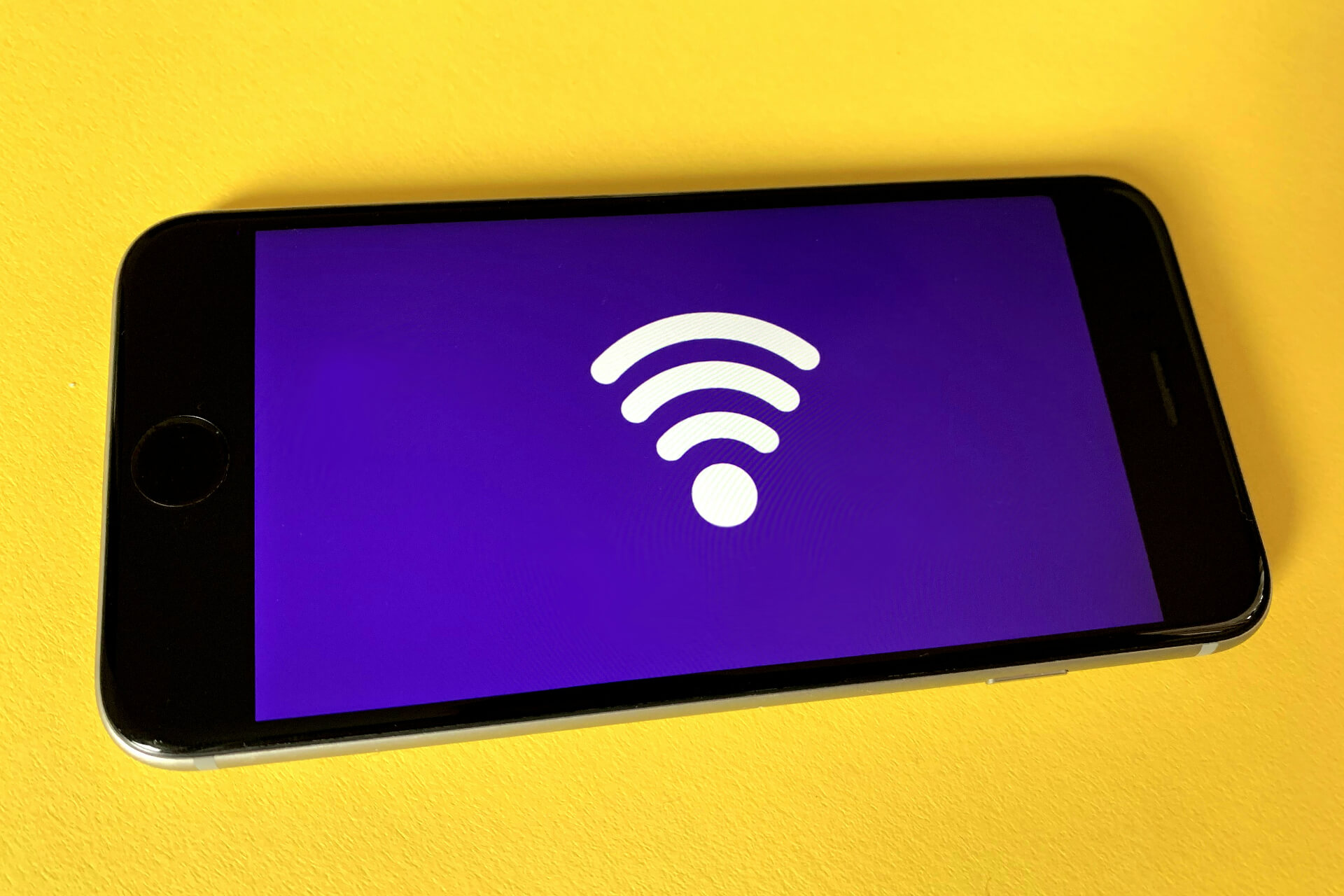
9 Types of Phishing and How to Avoid Them
October 5, 2023 - Ellie Gabel
Revolutionized is reader-supported. When you buy through links on our site, we may earn an affiliate commission. Learn more here.
Technology has come a long way, offering new possibilities for everyone. Unfortunately, that means cybercriminals have fresh opportunities, too. Whether they’re hacking into secure business networks to hold data for ransom or stealing your personal information, criminals often use phishing schemes. Learn more about the most common types of phishing and how to guard against them.
What Is Phishing?
Phishing is a common scam that attackers use to get information. Instead of hacking into a system directly, they pose as a reputable person or site and try to trick users into providing their personal details, such as login credentials. There are several types of phishing.
1. Email Phishing
When you hear the word “phishing,” you probably think of email phishing. It’s the classic form of this type of scam and the kind you’re most likely to encounter. Email phishing consists of emails that appear to be from reputable sources, asking you to click a link, update your information or download a file.
However, the sender is really a cybercriminal only posing as the real thing — interacting with their message puts you or your network at risk. You might unintentionally give up sensitive information or download malware.
You can protect yourself from email phishing with vigilance. While the email might appear to be from a legitimate source, look carefully at the sender address. If it’s a phishing attack, the address will be fake. Look for misspellings, typos and other suspicious components.
2. Spear Phishing
Some types of phishing are harder to detect than others. Spear phishing is a subgroup of email phishing. Hackers pose as familiar and reputable senders and target specific individuals, often using details like the target’s name, job position or address.
These attacks may be more difficult to distinguish from regular emails due to their specificity. That means you have to take extra precautions.
Never click a link from a suspicious email. For example, if your “bank” is asking you to update your information and provides a link, don’t use it. Go directly to their website or call a verified phone number instead. Report the email if necessary — taking an extra step to be careful is better than entering your banking information into a fake website.
3. Smishing
While emails are the most well-known type of phishing, cybercriminals are now using this strategy to attack people on other platforms. “Smishing” is phishing via text or SMS messages. You might get a text message claiming that you won a giveaway or there’s an issue with a delivery. The message may contain a link to help you claim your prize or resolve the problem.
As with email phishing, steer clear of suspicious links. If you’re not familiar with the sender’s number, it could be a scam text. If it’s an important communication, a legitimate sender will contact you through other means you can verify.
4. Vishing
Unfortunately, phishing isn’t limited to emails and other written communications. These days, you might even receive phone calls that are “vishing,” or voice phishing attempts. While the caller might pretend to be a third party you’ve never met before, technology has developed to the point where hackers can even impersonate your friends or relatives.
To avoid being the target of vishing campaigns, exercise caution when answering the phone. If you don’t recognize the caller, don’t pick up. Someone who needs to reach you will leave a message.
5. Whaling
Whaling is a type of phishing that specifically targets executives and high-level business leaders. Higher-ups in a company often have access to more information and resources, which is a big draw for scammers. If they can hook an executive, they have open access to the rest of a company’s network.
Executives can implement cybersecurity protocols to protect themselves from these targeted attacks. Email filters can flag suspicious content before users even have the chance to open them.
6. Watering Hole Phishing
In the wild, predators like crocodiles lie in wait for thirsty prey to approach their watering hole before attacking. A watering hole phishing attack works in a similar way. Hackers compromise a third-party website that people visit frequently. When users visit the hacked site, they inadvertently download a virus or malware that opens their network to cybercriminals.
These attacks are hard to avoid because they’re hidden in plain sight. You may visit the same websites every day without an issue — you might not even realize you’ve downloaded malware. Fortunately, you can use antivirus software and other security tools to stay alert and let you know if a site tries to force a download.
7. Social Engineering
While technology is more advanced than ever, phishing isn’t all about malicious software and computer tricks. Some hackers still rely on traditional social engineering and psychology to get your information. For example, a scammer might pose as an employee at your credit card company and pressure you to provide private information, claiming a need to verify your identity.
A real employee wouldn’t threaten you — if you feel uncomfortable with how you’re being treated, chances are it’s a scam. Contact the business directly to inquire about your account instead of engaging with the threat.
8. Search Engine Phishing
Some hackers game the system, creating fraudulent websites and ensuring they appear on search engine results pages. They draw searchers in with attractive products — that don’t actually exist — and gather the user’s information to sell or use for their own purposes.
Search engine literacy is essential to avoid these attacks. You should be able to recognize a legitimate website and identify the hallmarks of a fraudulent page. Never enter your information on any site that you don’t trust.
9. Angler Phishing
Social media is everywhere these days. That means scammers are using it to phish for your data, too. Angler phishing is when spammers throw out malicious posts — like a fisherman casting a lure — in hopes of attracting followers or curious clickers.
Like other types of phishing, social media posts can contain fake links or malware downloads that harm your network — often without you even realizing it. Block and report any suspicious accounts that follow you or interact with your content. Interacting with them only boosts their credibility, which can lead to further harm.
Steer Clear of All Types of Phishing
Phishing is a common risk online these days, but it can cause big headaches for companies and individuals. Exercising caution as you go about your business can make the difference between a successful phishing scam and one that ends up in your junk folder.
Revolutionized is reader-supported. When you buy through links on our site, we may earn an affiliate commission. Learn more here.
Author
Ellie Gabel
Ellie Gabel is a science writer specializing in astronomy and environmental science and is the Associate Editor of Revolutionized. Ellie's love of science stems from reading Richard Dawkins books and her favorite science magazines as a child, where she fell in love with the experiments included in each edition.







